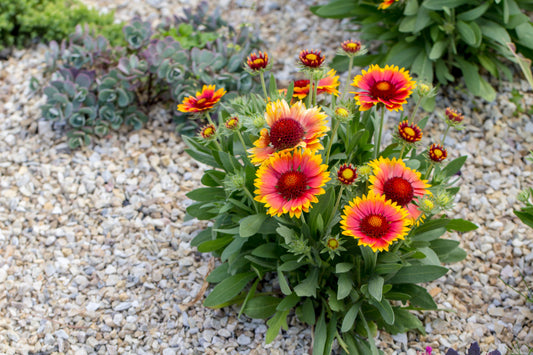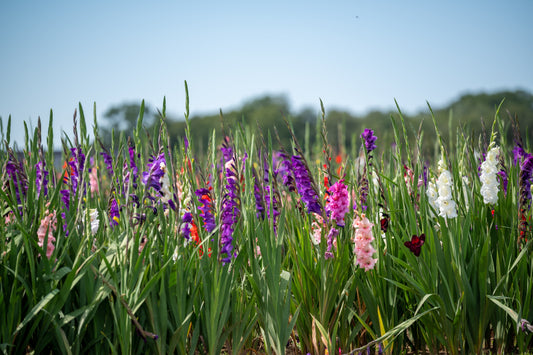Bay Laurel Planting & Growing Guide
Planting Guide Information
-
Pre-PottedPlanting Depth
-
15-20 ftPlanting Proximity
-
SpringPlanting Season
-
Provides culinary use and is native to California.Plant Benefits
-
Moderate to LowWater Quantity
-
N/A; Grown for foliageBloom Season
-
Full to Partial SunSunlight Quantity
-
Zones 8-11Hardiness Zones
Additional Growing Information
Where to Plant
Plant this plucky evergreen plant outside in zones 8–11 or in patio pots for those in colder climates so it can be overwintered indoors. Bay Laurel trees thrive in areas with well-drained soil and full sun to light shade and will be happy indoors for months at a time. If you live near the beach, no problem! Bay Laurel is moderately tolerant of drought and salt.
When to Plant
Plant your fully rooted Bay Laurel outdoors in the spring while still semi-dormant. These fragrant trees are slow-growers and can also be used as year-round houseplants.
How to Plant
- For outdoor landscape planting, choose a location with well-draining soil and full sun to light shade. Allow for several feet around the planting space to accommodate the tree’s mature size. Dig a hole and plant your tree at the same soil depth as it was growing in its nursery container. Water to settle the soil around the roots.
- For container planting, choose a location with full sun to light shade outside or bright direct light indoors. Fill a 5-gallon or larger pot with a blend of half potting soil and half cactus mix. Plant your tree at the same depth as it was growing in its nursery container. Water to settle the soil around the roots.
How to Grow
- Water deeply every week once top growth is evident to encourage healthy roots. Allow the soil to dry out in between waterings.
- Apply a general-purpose fertilizer in spring and summer.
- Harvest Bay Laurel leaves any time of the year during active growth.
- Lighten up on the water as the growth slows down and the plant slips into dormancy.
- Bring your potted Bay Laurel plant inside before the first frost to overwinter in areas colder than zone 8.
Bay Laurel Tips & Tricks
- Experiment with using Bay Laurel in sweet dishes, such as custards, ice cream, or crème brûlée to bring out its spicier notes of clove and allspice.
- Get ready for birds to grace your garden during the summer months, as Bay Laurel produces small, black fruits they simply can't resist.
- Prune or hedge these native Mediterranean trees as needed. They can grow 12–24" tall each year and up to 15' wide when planted outdoors.
- Achieve the best flavor by giving Bay Laurel full sun for at least a portion of the year.
- Bring your Bay Laurel houseplant outdoors occasionally for a summer trip to the patio.
- Choose any type of soil that drains well, including rocky or sandy types, as Bay Laurel is very tolerant.
- Take care not to overwater your Bay Laurel, as it will not survive in consistently wet soil.
- Keep your Bay Laurel in the ground over the winter in hardiness zones 8–11.
- Bear in mind that the flavor and fragrance of bay leaves are strongest just before the plant begins to bloom.
- Use the aromatic twigs for lamb or chicken kabob skewers or grill seafood on a bed of fresh bay leaves on the barbecue.
- Harvest foliage intended for drying in the summer when most fragrant, collecting the largest leaves in the morning. Place on a paper towel-lined baking sheet in a single, flat layer and allow them to lie in a warm, dry location out of direct sunlight with good air circulation. After two weeks, turn the leaves and let them lie another week. They're ready to be stored in an air-tight container when no dark green patches remain and should be discarded after one year.
From the Family
-
Example product title
Regular price $19.99Sale price $19.99 Regular priceUnit price per -
Example product title
Regular price $19.99Sale price $19.99 Regular priceUnit price per -
Example product title
Regular price $19.99Sale price $19.99 Regular priceUnit price per -
Example product title
Regular price $19.99Sale price $19.99 Regular priceUnit price per -
Example product title
Regular price $19.99Sale price $19.99 Regular priceUnit price per



